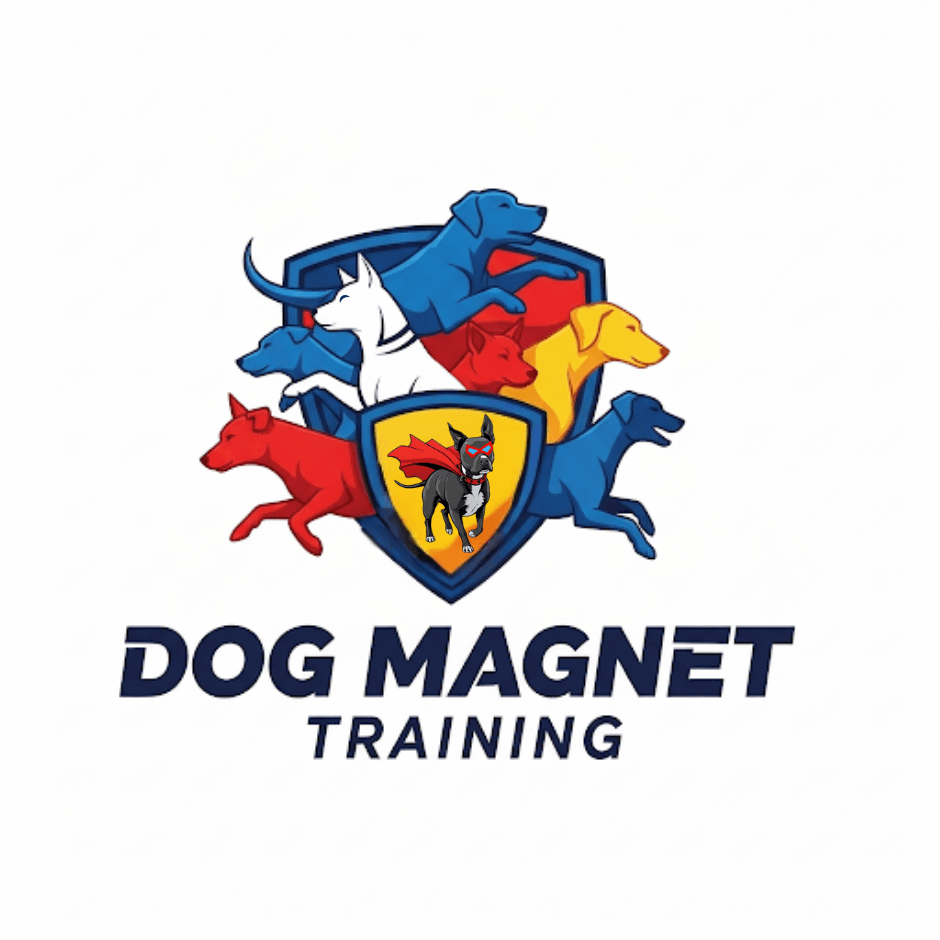Case Study: Transforming a Reactive Dog into a Calm Companion
Understanding Canine Reactivity
Reactivity in dogs can be a challenging issue for many pet owners. It often manifests as barking, lunging, or growling at other dogs, people, or unfamiliar situations. While this behavior can be concerning, it's important to understand that reactivity is often rooted in fear or anxiety rather than aggression.
In this case study, we explore the journey of transforming a reactive dog into a calm and confident companion. Through patience, understanding, and the right training techniques, significant improvements can be achieved.

Identifying Triggers and Assessing Behavior
The first step in addressing reactivity is to identify the triggers that cause the behavior. These could be specific sounds, sights, or situations. Keeping a journal of your dog's reactions can help pinpoint these triggers and assess the intensity of the response.
Understanding your dog's body language is also crucial. Signs like raised hackles, a stiff body posture, or intense staring can indicate that your dog is feeling overwhelmed or threatened. Recognizing these cues early can help in managing situations before they escalate.
Implementing Positive Reinforcement Techniques
Once the triggers are identified, it's time to employ positive reinforcement techniques. This involves rewarding your dog for calm behavior and gradually exposing them to their triggers in a controlled environment. Using treats, praise, or toys can help reinforce positive reactions.
Consistency is key. Training sessions should be short but frequent, and it's essential to remain patient and encouraging throughout the process. Over time, your dog will start associating previously stressful situations with positive outcomes.

Building Confidence Through Structured Activities
Engaging your dog in structured activities can also help build their confidence. Activities such as agility training, obedience classes, or interactive games can provide mental stimulation and teach your dog to focus on commands rather than their surroundings.
These activities not only improve obedience but also strengthen the bond between you and your dog. The more your dog trusts you, the more they will rely on you in challenging situations.
Seeking Professional Assistance
In some cases, professional help may be necessary to address severe reactivity issues. Certified dog trainers or behaviorists can provide tailored guidance and support. They can introduce specific behavior modification techniques that are often more effective when implemented by experienced professionals.
Working with a professional not only aids in behavior correction but also offers peace of mind for the owner, knowing that expert advice is being followed.

Celebrating Progress and Maintaining Behavior
Transforming a reactive dog into a calm companion is a journey that requires time and dedication. Celebrating small victories along the way can be encouraging for both you and your pet. Whether it's a successful walk without barking or calmly sitting when approached by another dog, each milestone is significant.
Maintaining the positive behavior learned during training is equally important. Continuously practicing the techniques and being mindful of potential stressors will help ensure long-term success.
Conclusion
The transformation from reactivity to calmness is achievable with the right approach. By understanding your dog's needs, employing positive reinforcement, engaging in confidence-building activities, and seeking professional assistance when needed, you can foster a harmonious relationship with your canine companion.
Remember, every dog is unique and may progress at their own pace. Patience and persistence will ultimately lead to a happier and more peaceful life for both you and your pet.
